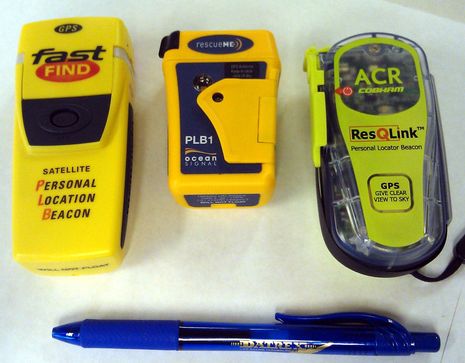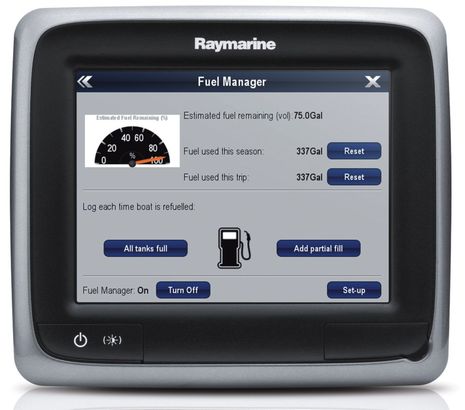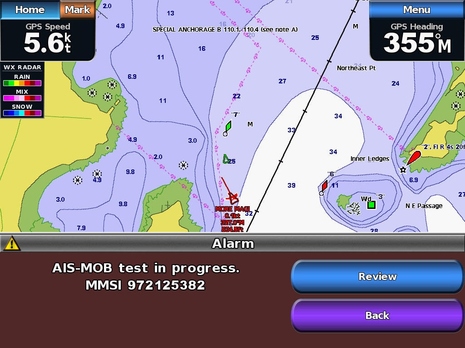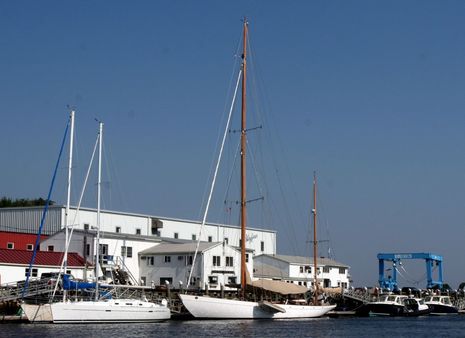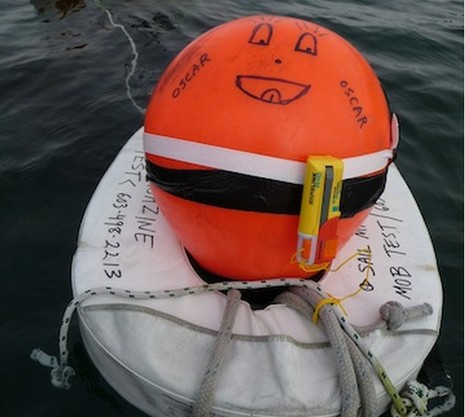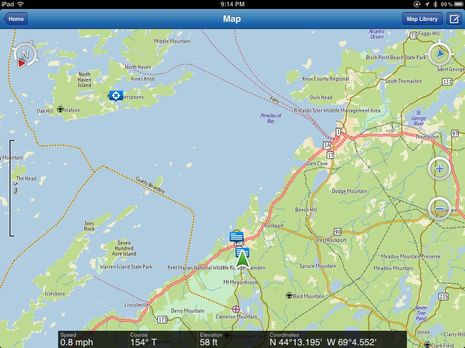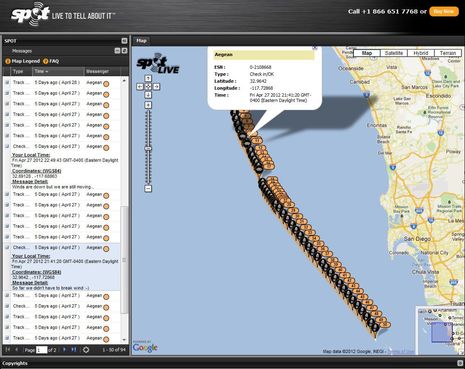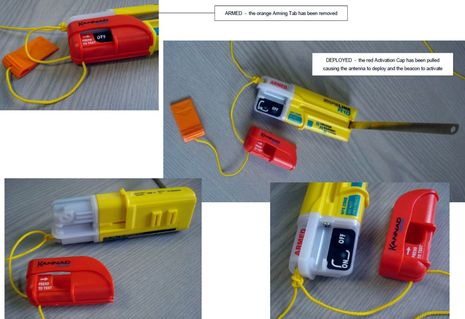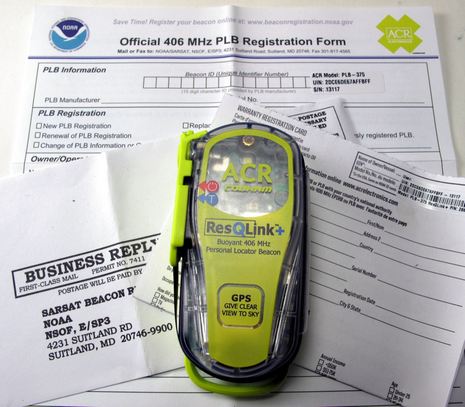Ocean Signal RescueME, best PLB yet?
The Ocean Signal RescueMe PLB introduced this morning at METS is not just a little smaller than the competition; it’s purportedly 30% smaller in volume and that claim seems borne out by the photo. Size is important because the smaller a distress beacon is the more likely it is that the owner will have it with him or her when it’s actually needed. Of course when things go wrong a PLB has got to work well too, even if it’s years old, and the RescueMe also looks good in those terms…



